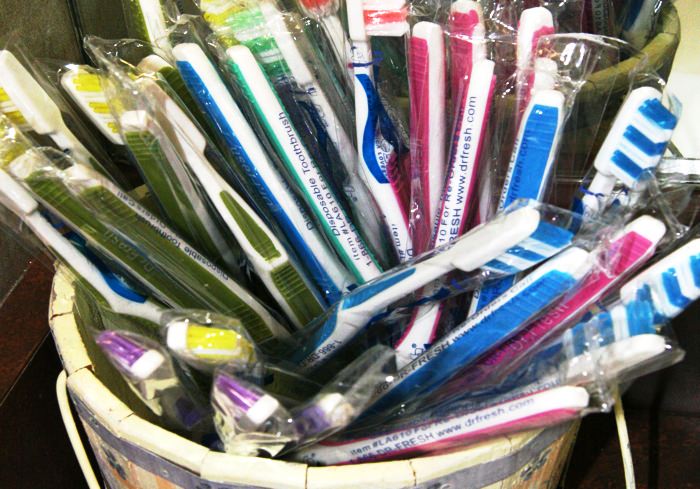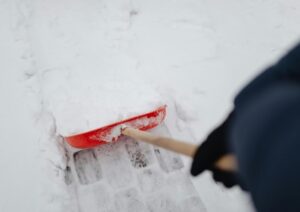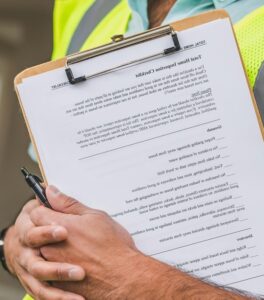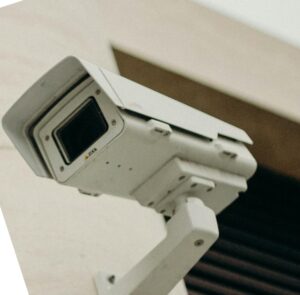
It would not be wrong to say that we live in a time unlike any other in history and the collective gains from recent technological advancements have paved the way for an even brighter future.
People are seriously talking about colonizing other planets and artificial intelligence is close to becoming autonomously creative. It seems a little counterintuitive then, that a large majority of the people are still unclear about the fundamentals of brushing. Mostly everyone agrees that brushing is good, but how much brushing is good? What kind of brush should you use? When should you brush? Does the kind of toothpaste you use really matter?
These are just some of the questions that people are unsure about and thus results in them making wrong, potentially harmful choices.
Let’s try and clear up some doubts and inhibit you from making mistakes that you were probably unaware of when it comes to brushing and dental care in general.
What is the right age to start brushing?
A strange custom followed in a lot of countries in various parts of the world as a habit of not brushing an infant’s teeth when they first appear. There is a feeling that the teeth and surrounding gums are not quite strong enough to be able to withstand the trauma of the toothbrush or that the child may swallow some of the toothpaste which can be harmful.
Here are some scientific facts. The teeth are mineralized to completion inside the jaws and are at full strength when they erupt through the gums. There is no ‘maturation’ period after eruption into the oral cavity. The latter concern about ingestion of the toothpaste is more understandable, however also completely unnecessary. There are special formulations of toothpaste for children which are completely safe. If you don’t trust tooth paste on your young child’s teeth simply use a but want to give brushing a try, you can also use warm water and a soft bristled brush. You can start gently brushing your child’s teeth not too long after they’ve penetrated the gums.
How many times should you brush in a day?
Almost every child is taught during their formative years that brushing twice a day is ideal. That is absolutely correct. In fact, there is a very sound scientific reasoning behind that number. It should not be once a day or thrice a day or after every time you eat/drink something. It’s twice a day which is generally suggested to be in the mornings and nights.
The plaque that harbors the bacteria in your mouth and covers your teeth starts to form the instant you finish brushing. This early plaque however does not have any pathogenic organisms – it’s actually good for you. As the plaque matures in the mouth, it then begins to change character. This change occurs approximately 12 hours after brushing in most people and may even take longer is some. Simply put, brushing any more than 2 times a day you risk wearing away the enamel of your teeth without actually adding any benefit for yourself.
An interesting point to note is that social convention dictates people brush as soon as they wake up or at least before breakfast. A much smarter thing to do would be to brush after you have had breakfast so that all the food particles do not stay inside your mouth as fuel for the rest of the day. The protocol for night time brushing is to brush after you have had dinner which is the right thing to do. In short, it becomes healthier to brush your teeth after breakfast, and then again the second time, after dinner. This way you’re spending most of the day with clean teeth.
What kind of brush should you use?
The only thing to remember while choosing a brush is to buy one with soft/super soft bristles. Every toothbrush comes with the hardness written on the packaging and pretty much the same protocols are followed everywhere in the world. There was a time when people used to think that medium or hard bristles would be more effective at removing plaque and calculus (tartar) from the surface of the teeth.
We now have enough evidence however, to know that plaque can be removed by even the softest of brushes and that calculus cannot be removed by a brush at all. So the medium and the hard brushes are only wearing away healthy, irreplaceable enamel from your teeth and may be injuring your gums.
Oh and all the fancy bristle arrangements with different sizes and handle shapes? None of them have been conclusively found to be better than the other in any independent study. Use whichever one that appeals to you from the viewpoint of affordability, accessibility and comfort.
For caregivers and older people who may not have the same dexterity as they once did, motorized tooth brushes are definitely more easy to use than the regular ones.
Which is the best toothpaste in the market?
This is probably among the most frequently asked questions to dentists (right after, will this be painful?). The companies selling these toothpastes claim to have found new and magical molecules that make your teeth and gums stronger than ever before and to keep them healthy always, however, the reality is quite different. Toothpastes do not actually remove any plaque. All of that is down to the mechanical action of the brush. The job of the toothpaste is basically to provide you a pleasant flavor and some foaming action to marginally increase the efficiency of brushing. In fact, studies have found comparing the efficacy of brushing with and without toothpaste to be almost identical.
For instance brushing with toothpastes that claim to get your teeth white, will never do the same job as a professional cleaning and whitening will.
Straight from the ADA’s website:
There are basically two types of toothbrushes: manual and powered. The ADA recommends that you buy the one that you will use and one that displays the ADA Seal of Acceptance. (source)
Use any toothpaste that is approved by the American Dental Association and one whose flavor you like. If you’ve undergone radiotherapy or are suffering from chronic dry mouth you can use a specialty toothpastes specifically for your need.
What is the best technique for brushing?
If you look up the various methods of brushing, you will find that there are a number of different techniques described. Some involve brushing the teeth in a certain direction, some describe a circular method of brushing and some describe various vibratory methods.
These techniques can be quite difficult to master and even more difficult to follow when you are late for your work and have only minutes to get dressed.
Follow this simple method: brush gently pushing away from your gums. Avoid scrubbing your teeth back and forth, even though it is not a huge deal if you do but it’s slightly ineffective. Make sure your bristles touch the surface of every tooth and the plaque will brush off.
If you see bleeding from your gums that does not mean that you should be avoiding that area – softly continue brushing as usual, but if the bleeding persists for a few more days it may be a strong sign of gingivitis and it’s probably recommended that you visit your dentist for an appointment.





Be First to Comment